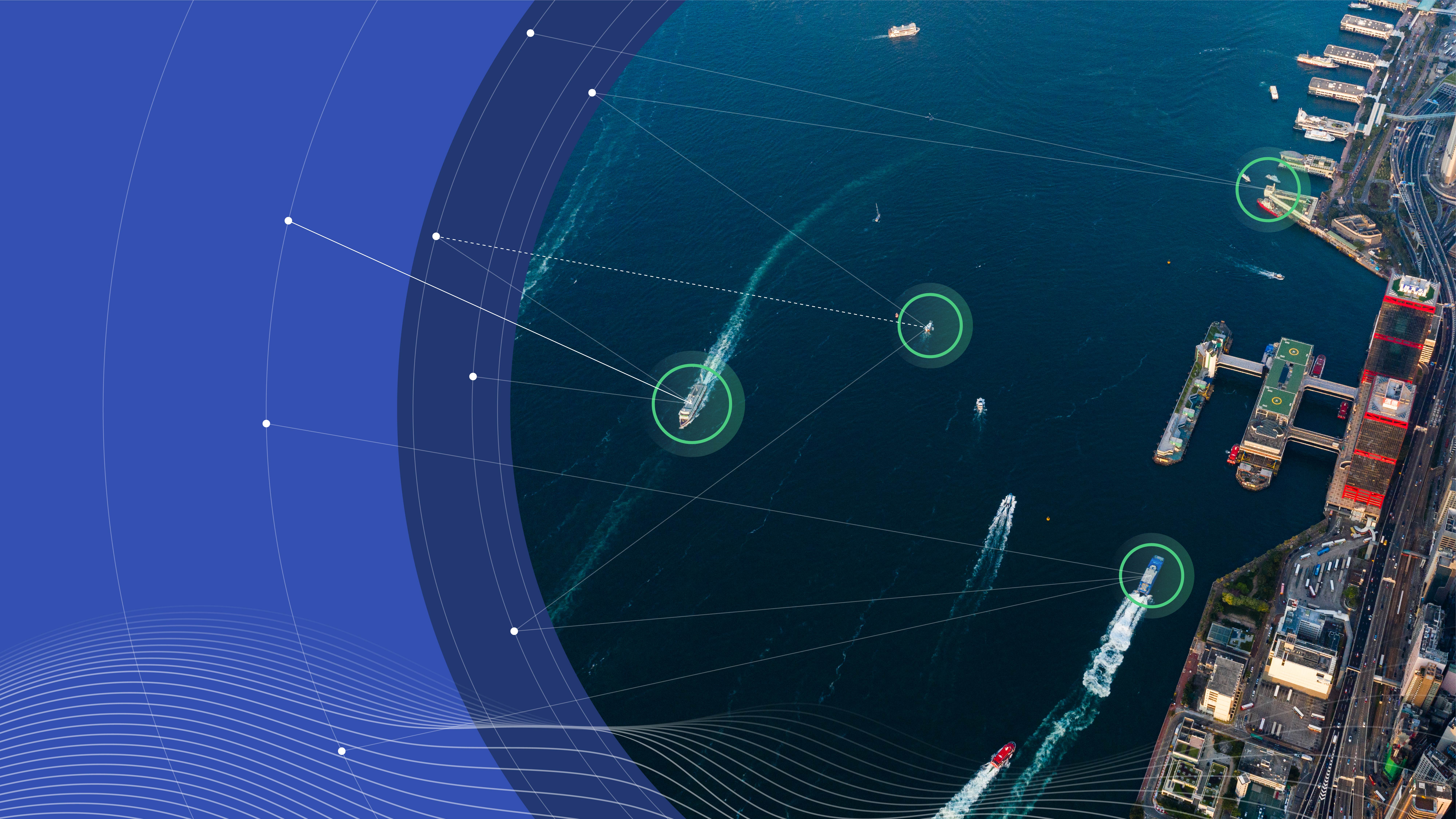Marine container safety: Preventing storm-related catastrophes
5 minutes read
Published 09/22/2015

What causes ships to break apart?
- High-quality, flexible materials are too expensive for commercial purposes: Modern commercial ships are made almost exclusively of steel – the use of wood is a thing of the past in the construction of merchant ships. Although other materials can be used, such as aluminium and fibre-reinforced plastics (e.g. glass fibres or carbon fibres – GRP/CFRP), they are much more expensive. They are used almost exclusively for yachts, if at all.
- High waves and an uneven distribution of forces create powerful torsion and shear effects: Despite its high strength and very high rigidity, steel can be deformed by strain. As a rule, the longer the ship, the greater the curvature of the hull. In calm weather, this is almost invisible to the naked eye. When additionally exposed to external influences, such as storm and high waves, however, the hull undergoes greater deformation, not only along the transverse axis, but also along the longitudinal axis due to torsional forces. Uneven loading can similarly cause the hull to become deformed, although this can be reduced to a certain extent by corresponding ballast water management. For this purpose, water is pumped into special tanks in the hull to balance the different distribution of forces as evenly as possible. By its very nature, this method is doomed to fail when shear forces due to wind and waves act diagonally on the hull.
- The steel is of poor quality and improperly used: This makes it all the more important for the ship's structure to withstand stresses and strains. The properties and composition of the steel is one decisive criterion, the amount of steel used another. If too much steel is used, this increases the weight of the ship; conversely, too little steel can lead to problems with mechanical strength – all in all, a difficult balancing act. The long-term effect of corrosion must not be neglected either. Salt and water corrode the steel, causing the outer skin of the ship to become thinner with time and thus lose stability.
What can shipping company owners do to prevent accidents?
- Avoid improper loading: In theory, the cargo's effect on the hull should be easy to control. The simplest solution is to stow the cargo evenly so that bending moments cannot arise from the outset. Unfortunately, such optimum conditions are rarely found in practice. Instead, ships tend to be more heavily laden in the middle, or at the stern or bow. Known to seafarers as hogging and sagging, the resultant conditions can be reduced or even balanced out completely with ballast water.
- Double-check draught markings before leaving port: Unbalanced loading can be ascertained by checking the draught marks at the bow, midship and stern to see how the ship lies in the water before putting to sea. This is a routine task for the cargo officer and captain. Based on the cargo information, ballast water management can then be deployed to prevent the ship from listing. As a rule, loading is not planned on board, but by the charterer or a commissioned planning office on shore. A fairly simple task in the case of a tanker or bulk carrier. Such vessels often only have a certain cargo on board and only call at a handful of ports to load and unload. Container ships, on the other hand, are more like "general stores" carrying a whole variety of cargoes to several ports of call.
- Weigh individual containers before loading, and process the information consistently on board: The weight problem could be tackled relatively easily. Container gantries in many ports today have integrated weighing scales with which to weigh the boxes as they are being loaded. However, the data obtained also needs to be taken into account, both on board and in the ship's planning office. Measures to introduce weight verification are not only desirable, but also essential, if safety in shipping is to be improved.
- Only use vessels built with modern materials: Engineering design is a decisive factor, considering the large number of potential forces acting on a ship. Optimally combining the rigidity and elasticity of the steel can optimise the balance of the hull in the water. Although naval architects can draw on decades of experience in steel construction, the engineering design of increasingly large ships nevertheless poses a challenge. High-strength steel alloys and special reinforcements are used here to save on weight and material, with the result that ships should not be able to break apart.
- Inspect the sister ships of vessels that have broken apart: Ultimately, it will not be possible to establish what exactly caused the breakup of the MOL Comfort. The two sections of the ship are now resting at the bottom of the Indian Ocean, at a depth of around 4,000 m. The sister ships inspected following the sinking also showed minor deformation of the hull at roughly the same point at which the MOL Comfort had fractured. Dents had formed in the bottom plate and it was decided to reinforce this part on all ships of the same construction. The properties of the newly developed steel are also being investigated to establish whether its chemical composition might have played a part in the disaster.
1
Munich Re Experts

Olaf Köberl
Senior Legal Counsel Marine and Aviation Claims at Munich Re.
is a master mariner and a lawyer, and has ten years' professional experience as a deck officer on tankers and container vessels.
- Email okoeberl@munichre.com
- vCard Download
Related Topics
properties.trackTitle
properties.trackSubtitle
0:00

